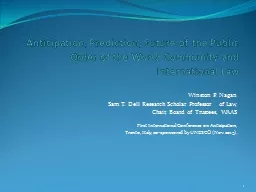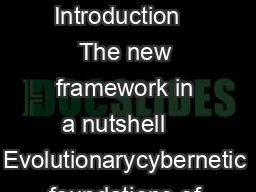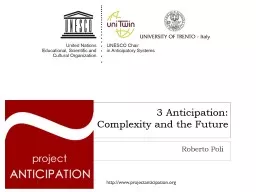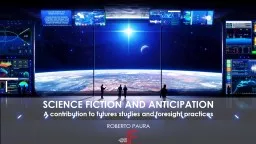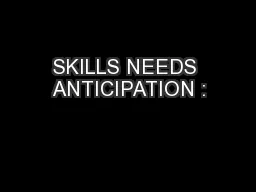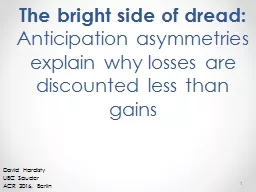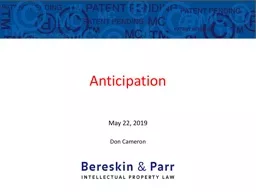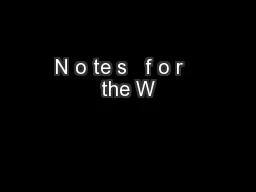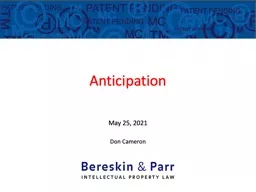PPT-Anticipation, Prediction, Future of the Public Order of the
Author : test | Published Date : 2017-08-25
Winston P Nagan Sam T Dell Research Scholar Professor of Law Chair Board of Trustees WAAS First International Conference on Anticipation Trento Italy cosponsored
Presentation Embed Code
Download Presentation
Download Presentation The PPT/PDF document "Anticipation, Prediction, Future of the ..." is the property of its rightful owner. Permission is granted to download and print the materials on this website for personal, non-commercial use only, and to display it on your personal computer provided you do not modify the materials and that you retain all copyright notices contained in the materials. By downloading content from our website, you accept the terms of this agreement.
Anticipation, Prediction, Future of the Public Order of the: Transcript
Download Rules Of Document
"Anticipation, Prediction, Future of the Public Order of the"The content belongs to its owner. You may download and print it for personal use, without modification, and keep all copyright notices. By downloading, you agree to these terms.
Related Documents

